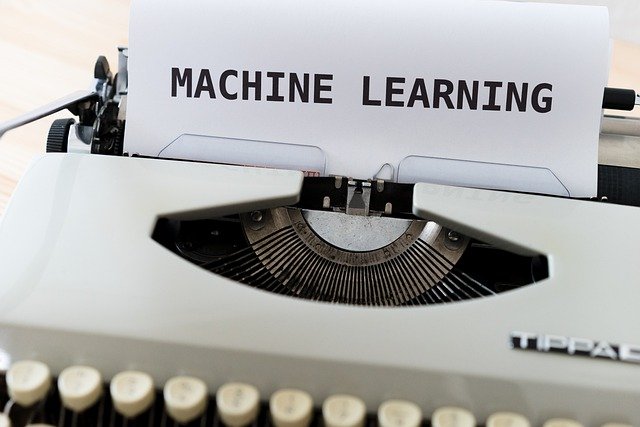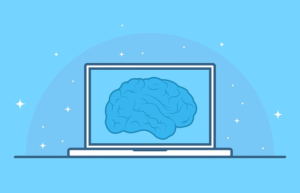
Machine learning (ML) is a branch of artificial intelligence that studies the use of data and algorithms to allow computers to imitate the way humans learn and become smart over time. IBM’s Arthur Samuel coined the term ‘machine learning’ in 1959.
We experience machine learning around us in our daily lives. For instance, Netflix recommendations are based on an ML model.
There are different types and sub-fields of machine learning. Data scientists feed data into the algorithms and let the machines reach an outcome. There are different degrees of machine learning that range from supervised to reinforced learning.
Machine learning lets you create models. These ML models are files that have an algorithm and can recognize and process certain types of data. Different types of ML let you dwell deeper into the data set.
Types Of Machine Learning
Each ML approach has different methods to reach an outcome and become smarter in the process.
1. Supervised Learning
Supervised learning is when data scientists feed labeled data and variables into an algorithm. Here, the algorithms only learn from preset data, input, and output. It is the simplest form of ML used for classifying data sets.
2. Unsupervised Learning
Unsupervised learning has algorithms that can work with unlabeled data. Here, data scientists feed the algorithm with data and let it make connections on its own. However, the initial data and the output are both predetermined.
This is also the approach where ML branches off into deep learning. Unsupervised learning uses neural networks to make connections and predictions from the data. It is good for creating clusters and finding patterns in data.
3. Semi-Supervised Learning
Here, the algorithm is fed labeled data first. It then processes the variables that are then applied to unlabeled data. In other words, this is like learning to ride a bicycle with training wheels, and then without them.
The semi-supervised method is the type of machine learning used for machine translation. It means you can teach an algorithm to translate languages by feeding it small labeled data sets, and then switching to unlabeled data.
4. Reinforcement Learning
Reinforced learning includes training algorithms to make predictions and reach conclusions. They’re programmed to seek a reward when they reach the right conclusion, and punishment if they don’t reach one.
We can also equate this approach of machine learning with training a dog. Reinforcement learning is used to train robots and video game bots.
Where Can You Find Machine Learning Around You?
ML is present everywhere from Netflix to Google Maps and shopping apps. For instance, when you get suggestions to auto-tag friends in a photo, it is Facebook’s DeepFace machine learning at work. The model processes your photos when you upload them, identifies the people in them, and gives you tagging suggestions.
Amazon also uses machine learning models to build recommendations for you. The recommendations become more precise as you shop more. Machine learning is present everywhere on social media and on platforms that deliver tailor-made outputs for you.


